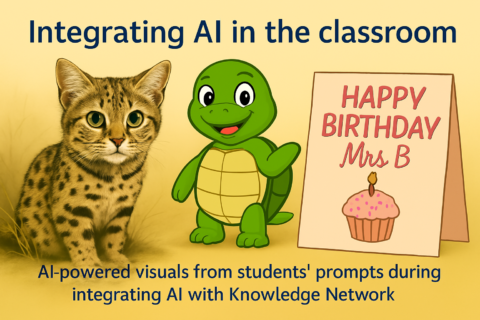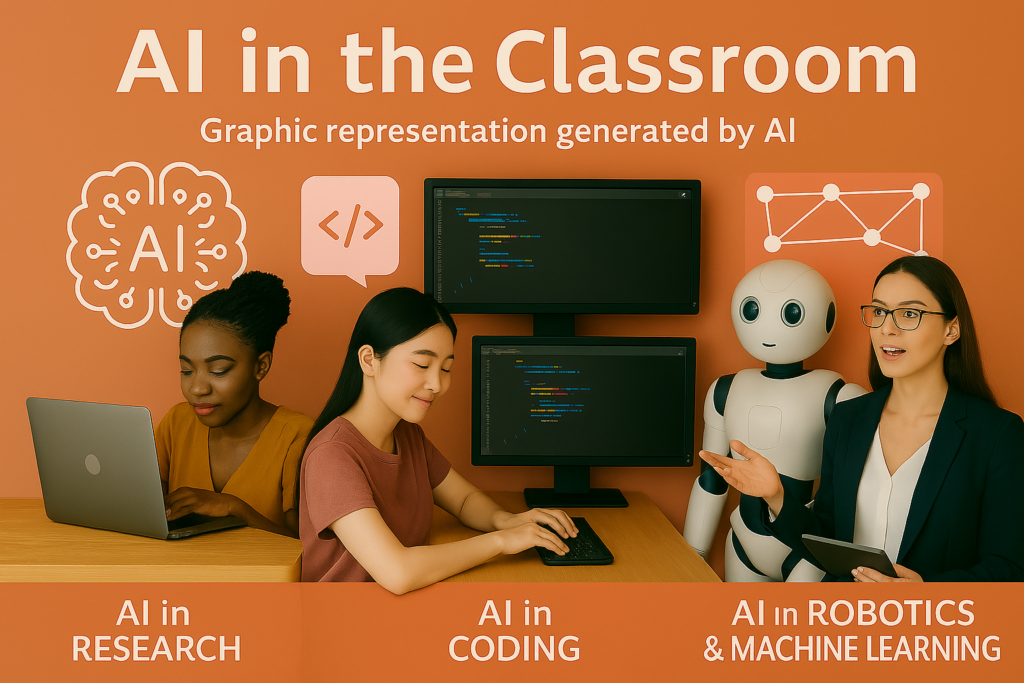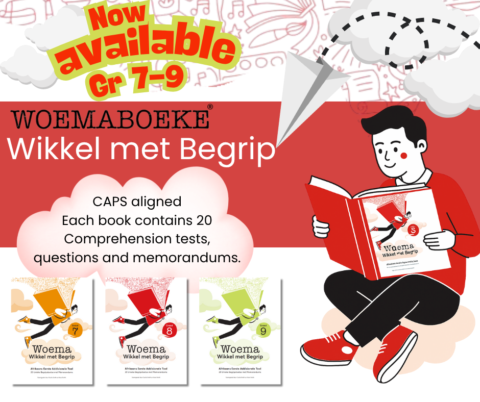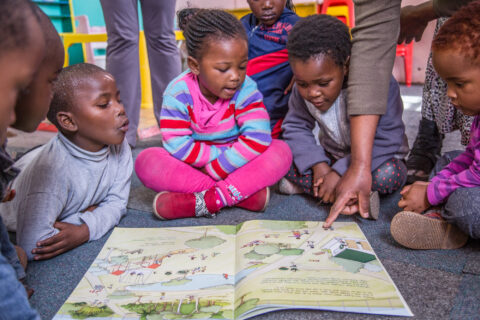The South African Schools Collection PR
Using AI For – Integrated Teaching And Learning
Their first course “How to Do School Projects,” attended by students aged 10 to 16, sold out for weeks. It covered essential digital skills including safe Internet research, proper referencing, graphics, spreadsheet usage, chart creation, video production, sound editing, and presentation.
Students encouraged their schools to partner with Knowledge Network, with the vision of incorporate their centre-based learning into school computer classes. In 1995, interested schools adopted the Progressive Learning Programme (PLP), paving the way for its wider implementation.
Knowledge Network uses ILAMM – Integrated Learning and Mentoring Methodology for technology integration in teaching and learning. The methodology was developed in 1994 by Knowledge Network founder, Jil Hrdliczka. It works for all ages, is positive, results-orientated and teacher-driven, project-based, learner-centred and age appropriate.
Teachers mentor, while students apply knowledge and bring their own insights. Learning is purposeful, integrating technology, life skills, and diverse subjects.

Background information is gathered through e-learning, books, observation, teamwork, and discussions. By lesson’s end, students have a complete project showcasing their skills, creativity, critical thinking, understanding and progress.
South African teaching teams are industry experts, encompassing interns, teachers, and principals. Their qualifications range from Honours and Masters degrees to PhDs in education and educational technologies.
They provide Knowledge Network with feedback across all grade levels.
Integrating AI
Integrating AI starts with a foundation – the starting point is using it as a research helper in the classroom. Jil explains:
“The start project is on the black-footed cat. Our first question for AI: ‘Why does the cat’s name have hyphens?’ We learn to be specific or risk the sourcing of non-related information.
“We identify age groups to accommodate all learners.
“For example, ‘Hello AI, we are in Grade 6, please list facts on the black-footed cat with references.’
“For Grade 11 we ask AI for scientific information on the black-footed cat and global conservation efforts. We incorporate fun and our AI ‘wow’ factor by prompting AI to use accurate appearance data to draw a black-footed cat. Students verify the visual information, reinforcing and advancing their knowledge.
“For young students, learning to be specific is essential, the results and learning are instant. For example: ‘Hello AI, we are Grade 01 students working on microturtle. Please draw a colourful, happy, realistic cartoon turtle on a white background.’
“Or, ‘It is teacher Mrs B’s birthday. Please draw a card, she likes pink and cupcakes.’
“Our process of students analysing AI drawings sharpens critical thinking skills. Did AI follow the instructions precisely? This reflective process deepens understanding and fosters analytical reasoning.”
Training the teachers
Teachers receive training in using AI to source background information on technologies like text-to-speech and machine learning. They also utilise AI to evaluate students’ code against AI-generated solutions for each level and troubleshoot code that does not work.
During a project, students code their own calculator. By analysing AI-generated code, teachers deliver learning about coding error handling, such as division by zero.
“Robotics lessons start with AI input to confirm and expand knowledge,” says Jil. “For instance, we ask, ‘We are a team of four working on a micro:bit project. What safety considerations should we note, and which jumper wire colours should we use?’
“We have a beta programme to evaluate lesson content, timing, infrastructure, technology, student responses, and teaching ease before full rollout. Teachers attend training, either with me in person or via zoom where necessary. Last year, we beta-tested AI integration in preparation for the 2025 implementation.”
Teacher feedback
Ann Clark, director of Knowledge Network, led the rollout of AI integration in research and referencing. A respected presence in South Africa’s most innovative schools, she mentors teachers in technology integration. Through zoom, she conducts live, interactive training sessions, fostering discussions, knowledge sharing, and real-time feedback.
Ann’s leadership is widely recognised. One teacher shared, “She is a gem. We value her as a mentor, without her mentoring, we would be lost.”
A teacher who participated in the Knowledge Network AI Integration rollout in May 2025 shared their perspective on the training:
“The training helped me learn how to develop nuanced prompts that are appropriate for an educational setting, which improved the quality and focus of my research on the black-footed cat. I also gained a clearer understanding of how to appropriately reference information sourced from AI, ensuring academic integrity throughout my work.”
Knowledge Network prioritises full transparency in all AI usage and the feedback from a teacher highlights the importance of this:
“The most useful thing for me was the way in which we use AI, so it is ethical. The idea of being transparent. Also, the idea of being very accurate in your requests, for instance, for the drawings.”
All teachers can attend the Knowledge Network AI Integration training events.
- AI in Research and Referencing – The Black-footed Cat
- Text-to-speech Coding and Robotics Project
- Integrating AI in the classroom
For overall integration of technology in teaching and learning, teachers should attend the ILAMM – Integrated Learning and Mentoring Methodology® course.
“Coding and robotics training begins with a foundational overview establishing both purpose and content,” concludes Jil. “Through a series of live, interactive projects, teachers develop expertise, enabling them to confidently complete tasks, adapt instruction for different grade levels, and effectively assess student progress.”
Originally published in the June 2025 issue of The Mighty Pen EDUCATION magazine written by founding editor, Janos Bozsik. With Copyright permission from Janos Bozsik, Editor, The Mighty Pen EDUCATION magazine.






 Sign-up and receive the Business Media MAGS newsletter OR SA Mining newsletter straight to your inbox.
Sign-up and receive the Business Media MAGS newsletter OR SA Mining newsletter straight to your inbox.